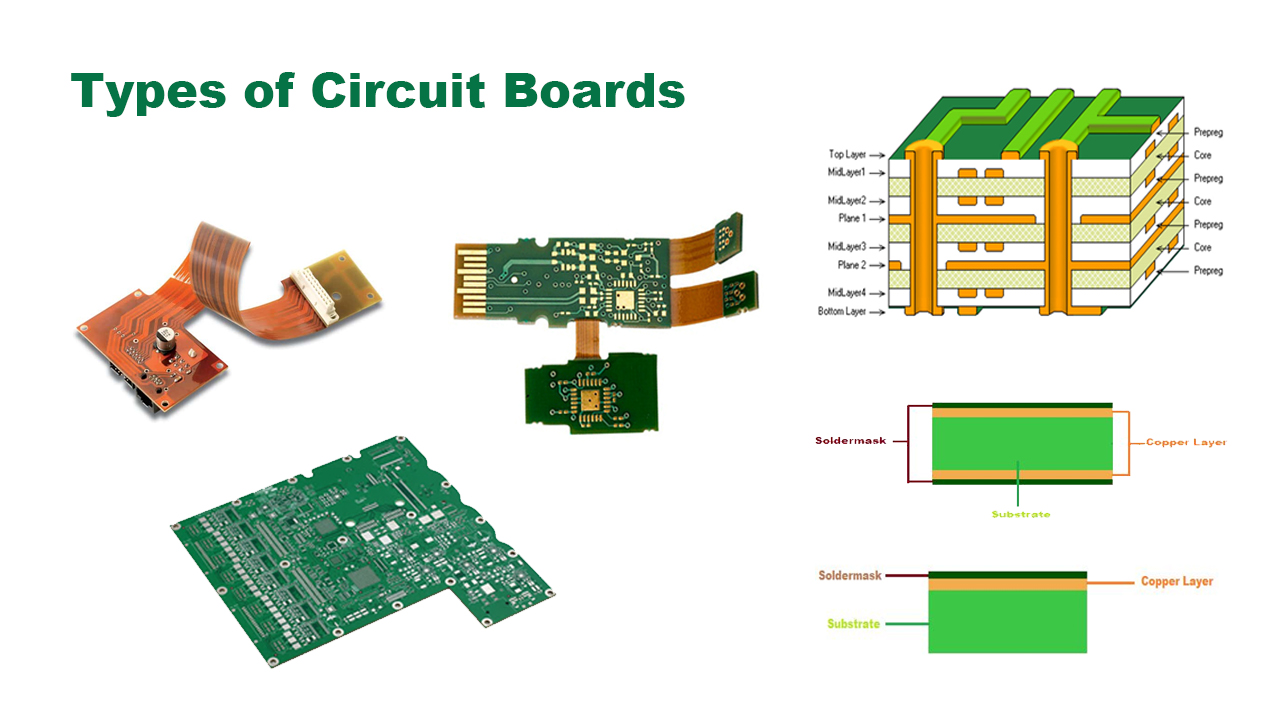You are sure to find printed circuit boards in almost all electronic devices. That ranges from radios, televisions, smartphones, LED lights, and computers.
In any electronic equipment, a circuit board helps receive or send signals. But how do circuit boards work? What are the roles of various PCB components like transistors, diodes, resistors, and capacitors?
The guide provides detailed information that helps answer questions like how PCBs work and what a circuit board does.
What is a Circuit Board?
A circuit board is a flat, non-conductive piece of material that holds different electronic components joined by interconnective paths called traces. The circuit board can be of single, double, or multilayers.
How Does a Circuit Board Work?
A circuit board allows electric signals to flow in particular conductive paths called traces from one component to the next.
The flow of signals helps to receive, transmit, or translate signals to a mechanical function. It's easy to understand how a circuit board works if you know the components that make up a power board.
Components of A Circuit Board
You can only understand how a PCB works after knowing its constituents. Each mechanical and electrical device on a circuit board plays a distinct role. They include the following:
Transistors
A transistor is a semiconductor device that plays a vital part in a circuit board. It helps to amplify electronic signals or plays the role of a signal-controlled switch.
The amplified signal then travels through the trace and switches on another high-power semiconductor device. Transistors on a circuit board are either PNP or NPN type.
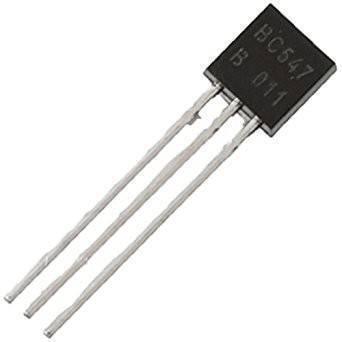
Resistors
Another vital component of a circuit board is a resistor. Resistors play the role of regulating the amount of current flowing through a device.
When current flows through a resistor, the device dissipates heat and thus regulates the current. They are of two types: fixed and variable. On a printed circuit board, resistors have the symbol of the letter R.
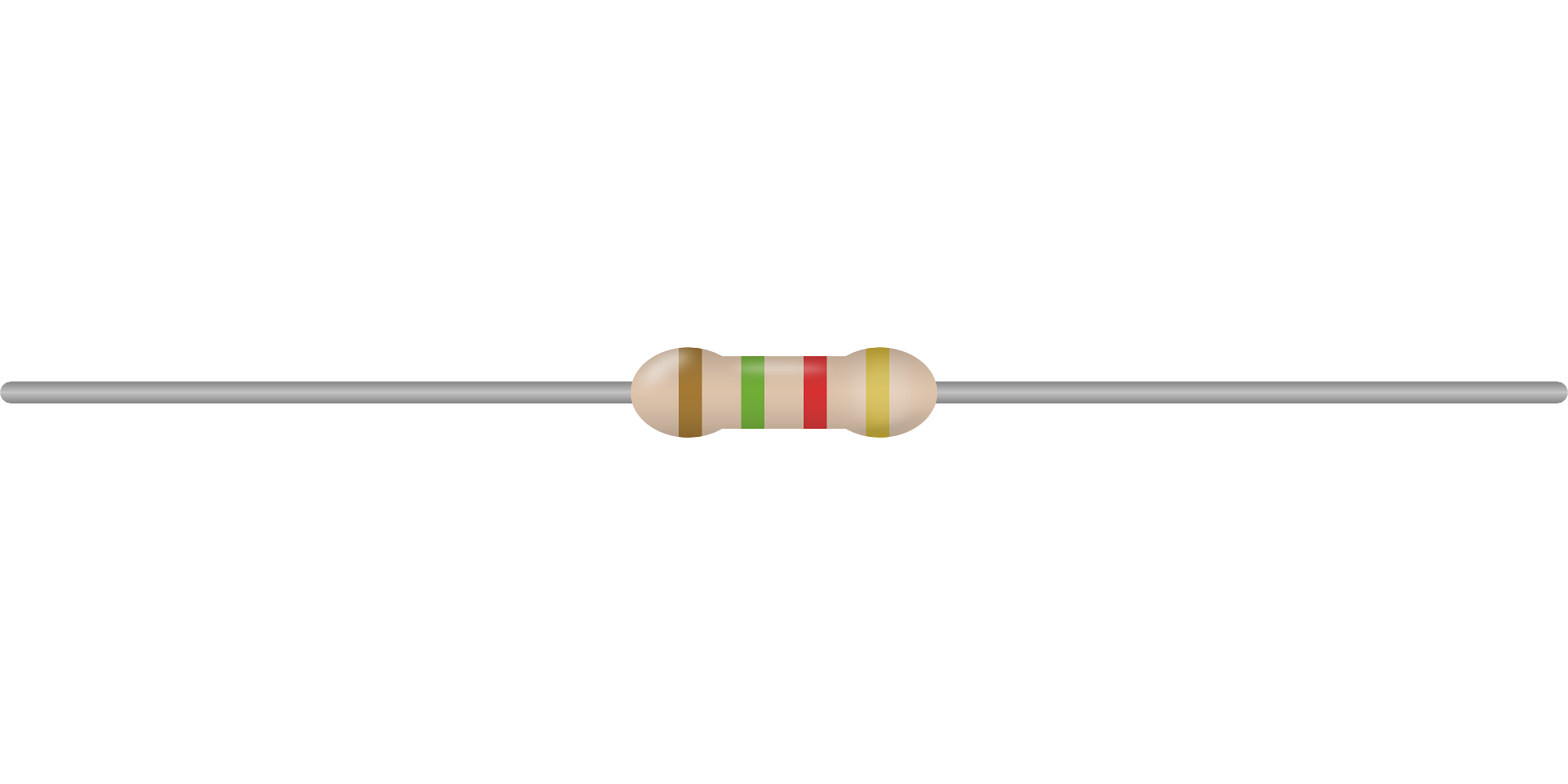
Capacitors
The symbol for a capacitor is the letter C. Capacitors store charges in an electrostatic field for a momentary period. It then releases an outburst of power at the appropriate time through discharge. One widespread use of capacitors is smoothening the ripples of a rectified AC power.
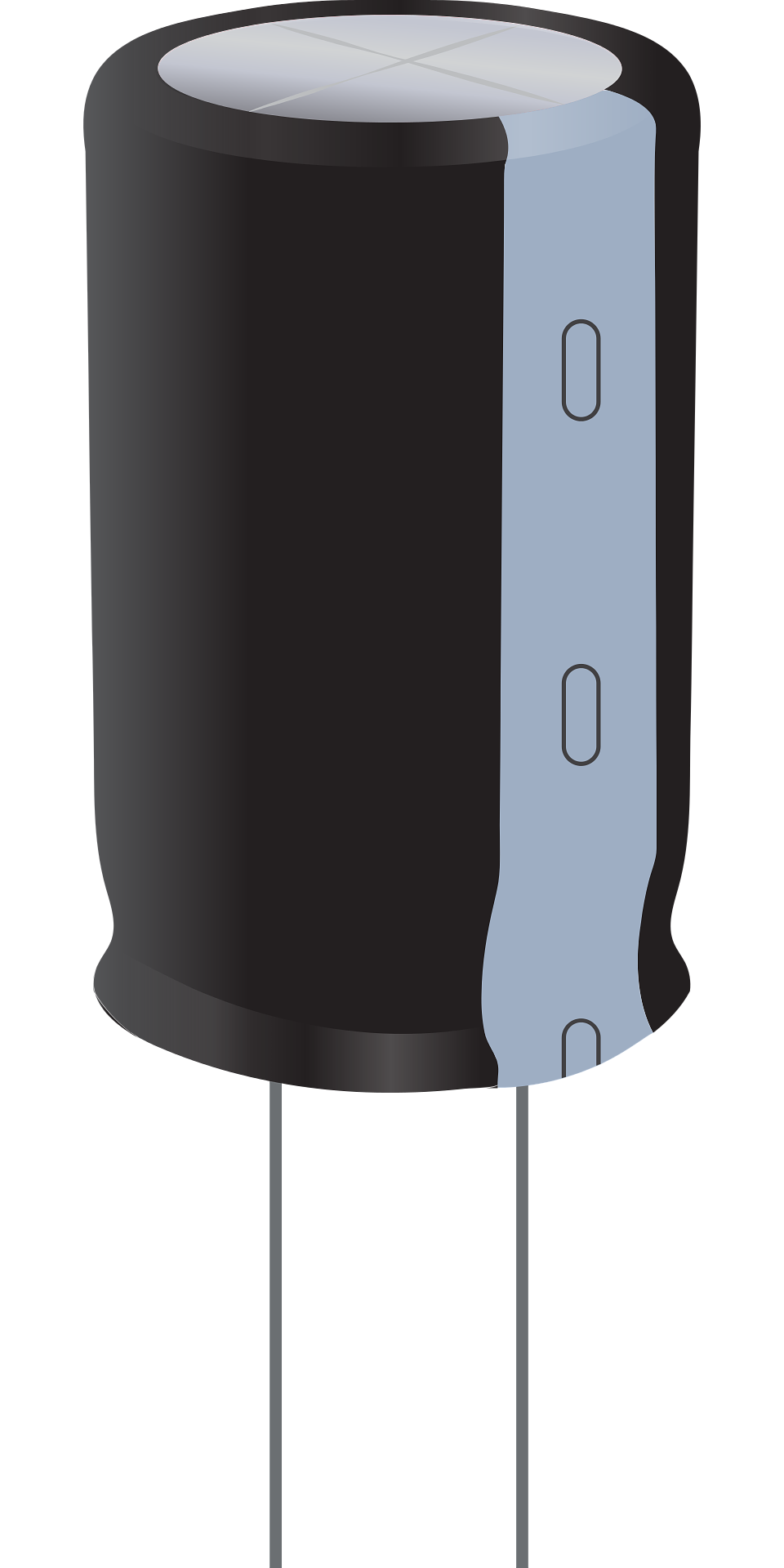
Diodes
Diodes are semiconductor devices that conduct current in one direction only. They differ in size and amount of current they can safely carry without breaking down.
The unidirectional property of the diode makes it ideal for rectifying alternating current, AC into direct current, DC. One famous type of diode is the light-emitting diode, LED. As the name suggests, LED glows when an electric current passes through it.
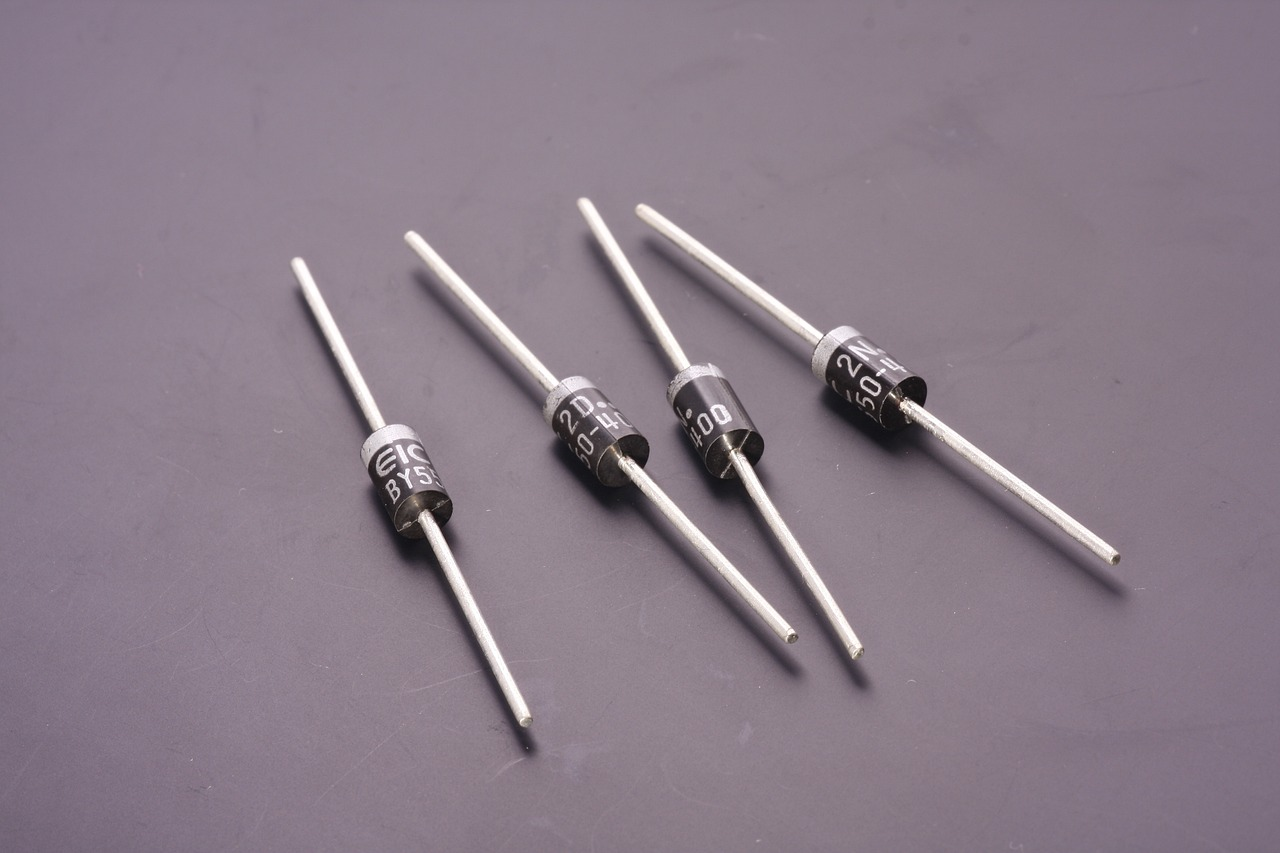
Inductors
An inductor is yet another common component of a circuit board. An inductor stores energy from an electric current in a magnetic field. In most cases, inductors are used together with capacitors to form an LC circuit.
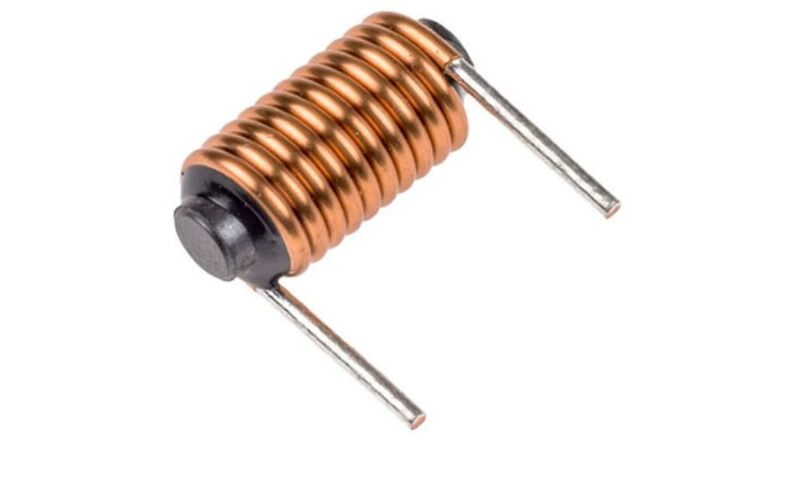

Transformers
Transformers have electromagnetic properties. The role of a transformer is to moderate the energy transfer from one part of the board to the next. While doing so, it isolates one part of the circuit board and protects sensitive devices. A transformer can either step up or down power in a circuit as required.
Switch
A switch in the on position allows current to flow. However, when the switch is open, it cuts off the current through a board.
Integrated Circuit (IC)
An integrated circuit is commonly known as an IC. As the name implies, an IC contains numerous circuits involving miniaturized components integrated into it. Another name for ICs is microchips, and they play multiple roles in a circuit board.
Types of Printed Circuit Boards
Single-Sided (Single Layer)
A single-layer PCB is also termed a single-sided circuit board. The type of circuit board is easy to come across and attracts an affordable cost. Further, a single-sided PCB has a conductive copper layer on one side, and the opposite side features a layout for the electronics components.
Although single-sided circuit boards are cheap to produce, they suffer some limitations. Consequently, it isn't the preferred option for high-end applications.
Double-Sided
Double-sided circuit boards are also termed as double-layer PCBs. Just like their single-sided counterpart, double-sided features have a single substrate. However, the core material features a thin layer of conductive material on either side of the board.
Also, double-sided circuit boards tap on the surface mount and through-hole technologies. Doing so enables the circuits on either side to connect via the plated through holes. What such a circuit board does is that it allows for mounting of components on both surfaces.
The introduction of double-layer technology has enabled circuit boards to handle more complex applications than before.
Multilayer
Unlike single- or double-layer PCBs, multilayer circuit boards employ multiple substrate materials. In other words, it's a circuit board that combines three or more double-sided PCBs into one unit.
Thus, in real life, you can find PCBs of four, six, eight, twelve, or even more layers on the boards. In multiple-layer circuit boards, electronic components are only on the top and bottom layers. All other stacked units help in routing.
A multiple-layer circuit board contains high component density and numerous circuits in a smaller space. Therefore, multilayer circuit boards find applications in computers, GPS, satellites, and aerospace systems.
Note that multilayer circuit boards are demanding to design, expensive to manufacture, and challenging to repair.
Flex Circuits
Flex circuits, as the name implies, are flexible and thus foldable. The flexible PCBs can have single, dual, or multiple layers. The distinguishing feature is their flexibility. Flexible printed circuit boards employ a supple substrate material such as thin plastic, polyimide, or Kapton.
The outstanding advantage of flexible printed circuit boards is their easy handling and tolerance of extreme temperatures. Being flexible, the PCBs can assume the shape of different electronic devices.
Rigid Circuits
Unlike a flex circuit, a rigid power board isn't flexible. The rigid printed circuit board uses a non-flexible substrate material. So, once you design and manufacture the board, you can not alter its shape.
Rigid circuit boards excel in strength and durability. A computer's motherboard is a typical example of a rigid PCB. Note that the power board can take any number of layers.
Rigid-Flex
Rigid-flex printed circuit boards are a blend of flexible and rigid boards. By blending the two types of boards, rigid-flex PCBs are flexible yet still durable.
High-Frequency
The high-frequency printed circuit boards find application in circuits requiring fast data processing and high frequency. Sometimes, such circuits handle data at speeds of up to two gigahertz. Such power boards are present in networking devices, radios, microwaves, and mobile phones.
Aluminum Backed PCBs
The aluminum-backed PCBs use thick aluminum metal as the core material. However, the aluminum substrate has a dielectric topping and thick conductive copper layers.
Owing to their design, aluminum-backed circuit boards are sturdy, give good heat dissipation, and handle large currents. Some of their typical applications are in the LED lighting, automotive industry, and power supplies.
Frequently Asked Questions
1) How is a Circuit Board Made?
A circuit board is made by sandwiching an insulating base material (for example, glass fiber) between conductive copper materials. The base material defines the mechanical strength and weight of the board. In the case of a multilayer board, you combine the sandwiched substrates to form one unit.
2) Do Circuit Boards Use AC or DC?
Most circuit boards, if not all, use DC (direct current) instead of AC (alternating current). In most cases, a battery or rectified AC provides the direct current the board requires. A rectifier unit that changes AC to DC consists of a transformer, rectifier diodes, and a filter circuit.
3) What Powers a Circuit Board?
A circuit board receives its power from a battery or PCB power supply. A PCB power supply takes power from the wall socket and changes it to a DC level that the board needs.
4) What is Inside a Circuit Board?
A single-sided circuit board has a single layer of conductive copper material on one side and another side for mounting electronic components on the same board.
5) Why are Circuit Boards Usually Green?
Most circuit boards are usually green since they use the green protective solder mask. So the entire board isn't green through, only the outer part. The mask protects the traces from moisture and dust and prevents solder messes.
In the olden times, circuit board inspection was mainly by eye inspection. And green color reduces eye fatigue.
Conclusion
Modern electronic devices have circuit boards of varying sizes. But the principle of what a circuit board does is the same. Whether it's a single, dual, or multilayer board, it relies on various electronic components to accomplish its function.

















